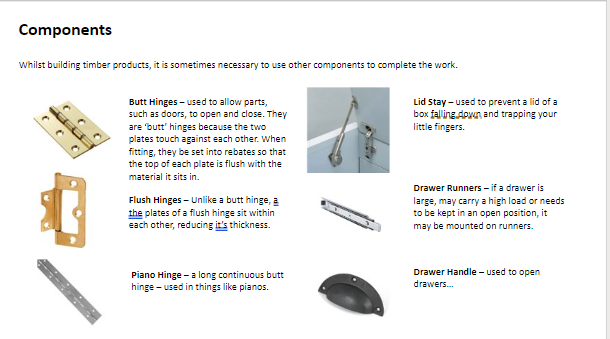Design - timber all you need to know
1/47
Earn XP
Name | Mastery | Learn | Test | Matching | Spaced |
|---|
No study sessions yet.
48 Terms
(START OF TIMBER) Hardwood
from trees with broad leaves
Softwood
from trees with needle-like leaves
Manufactured Boards
made in a factory
Examples of hardwood
oak, black walnut, beech, ash
Softwood examples
pine, spruce, cedar
Manufactured board - plywood
made from veneers stuck together with the grain at 90 degrease, this adds strength
Manufactured board - MDF
made from sawdust glued together under compression, It is also available in low and high density’s
Manufactured board -
From tree to timber - felling
trees are cut down and the branches and bark are removed
From tree to timber - Sawing
the logs are cut into rectangular planks
From tree to timber - Seasoning
the logs are dried either in air or a kiln
Stock forms - rough sawn
the timber has rough edges, which might not necessarily be square
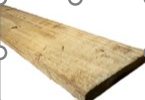
Stock forms - Planned all round or PAR
This will be smooth on all sides, with all edges square
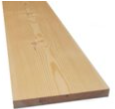
Stock forms - Dowell
Timber with has a circular cross section
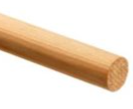
Stock forms - Planned square edge or PSE
this has one corner that is at 90 degrease to be used as a start point for your manufacture

Warping
Warping is when planks bend over time, to prevent this we place planks opposite grains to one another this means that the warping cancels out
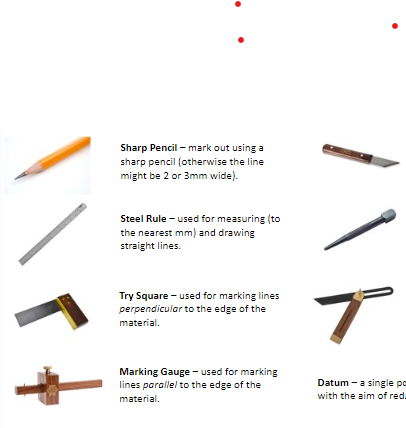
Marking out - name all the utensils shown (down left to right)
Sharp pencil - steel rule - try square - marking gauge - marking knife - centre punch - sliding bevel gauge
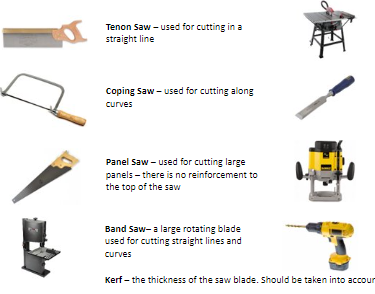
Cutting - name all the tools shown
Tennon saw - coping saw - panel saw - band saw - circular saw - bevel edge chisel - router - drill

Name and explain this plane
Smoothing plane - used for flattening surfaces and removing excess material

Name and explain this plane
Jack plane - used for smoothing flat boards, To tell the difference between a jack plane and a smoothing plane, pay attention to the size of the base and the location of the handles

Name and explain this plane
Rebate plane - a very thin blade used to cut rebates (before routers were invented). Usually has a guide rail to ensure a straight cut

Name and explain this plane
Compass plane - used for planning along curves

Name and explain this plane
Spokeshave - used for shaping timber into curves

Name and explain this plane
Draw knife - not technically a plane but does the same job
Explain a router
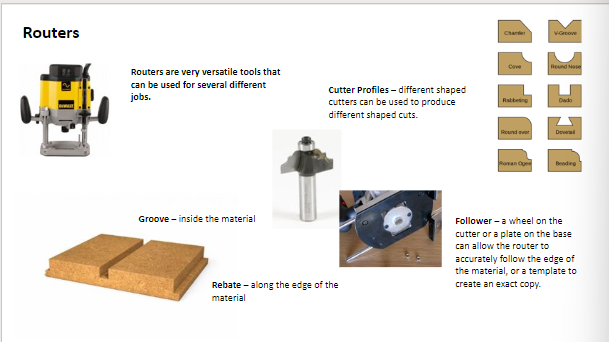

Name and explain this cramp
Sash cramp - used for holding long, flat boards together.

Name and explain this cramp
Sped cramp - also known as a quick cramp or trigger cramp. Good for apply quickly , less good for applying pressure

Name and explain this cramp
G cramp - good for applying pressure but limited in size sometimes called a C cramp

Name and explain these two cramps
Rachet strap - used to squeeze products together
Rubber bands - for small or awkwardly shaped items, you may end up using rubber bands, or even masking tape.
Joining
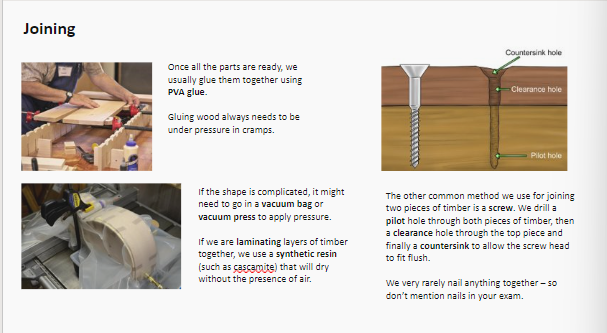
Shaping - laminating
Laminating is a process where several thin and flexible strips of wood are glued together and then bend into a shape. Once the glue has dried, the laminated timber will stay in the shape it was bent into
Shaping - steam bending
steam bending involves softening the fibres in timber with we heat (steam). This makes the timber flexible. The flexible wood is then bend into a shape and held into place whilst it cools. As the fibres cool, they harden and the timer will retain its shape.
Draw Mortise and tenon joint

Draw a Dovetail joint

Draw a finger joint

Draw a lap joint
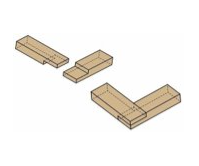
Draw a dowel joint

Draw a mitre joint

Draw a biscuit joint

Draw a housing joint

Finishing - abrasive paper
Used for smoothing timber and removing marks. Abrasive paper comes in different ‘grits’ - the higher the number the finer the grit and the smoother the surface is
Finishing - Danish oil
used to provide a waterproof barrier to the top of the timber, along with a slight shine and colour. often when covered with a layer of wax to create a shine
finishing - paint
used to add a protective coating and usually to change te colour of timber. The grain will usually be hidden, so we do not usually pain hardwoods
Finishing - varnish
used to provide a strong waterproof barrier and semi-gloss to the timber. Lacquer gives a deeper shine and is also more resistant to abrasion and corrosion
Finishing - stain
Adds a colour to the timber, but allows the grain pattern to show through
Jigs
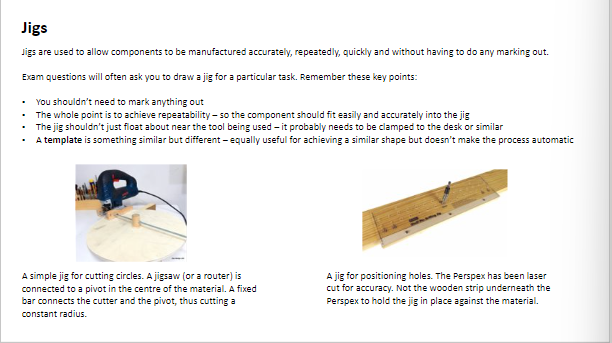
Knockdown fittings
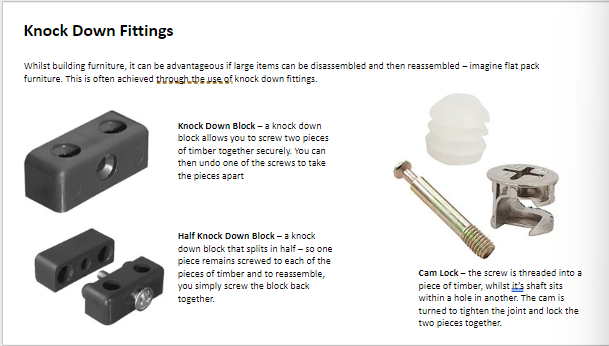
Components (list and explain)
